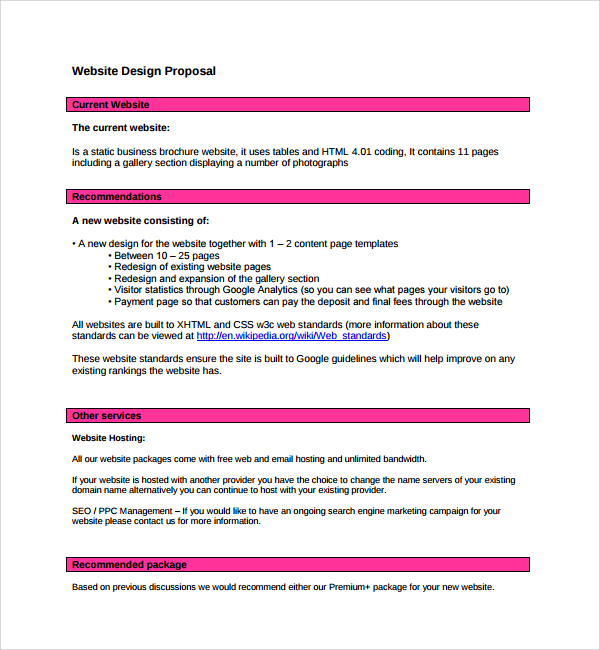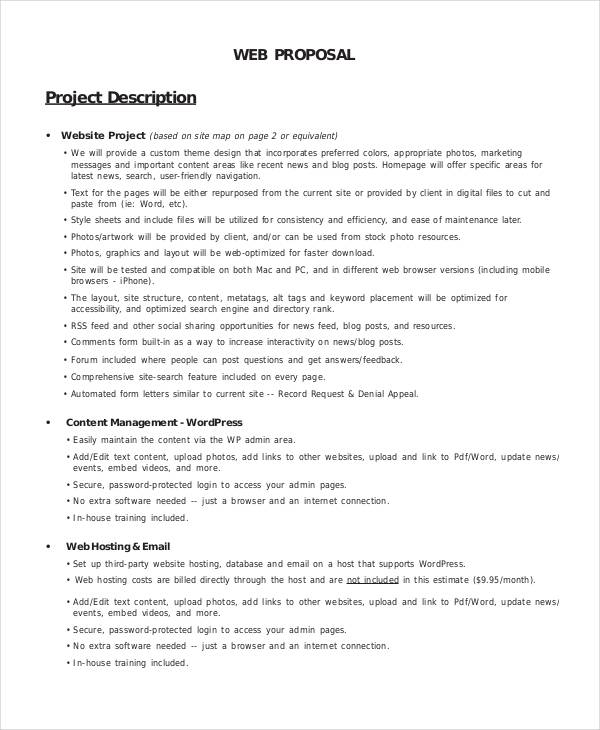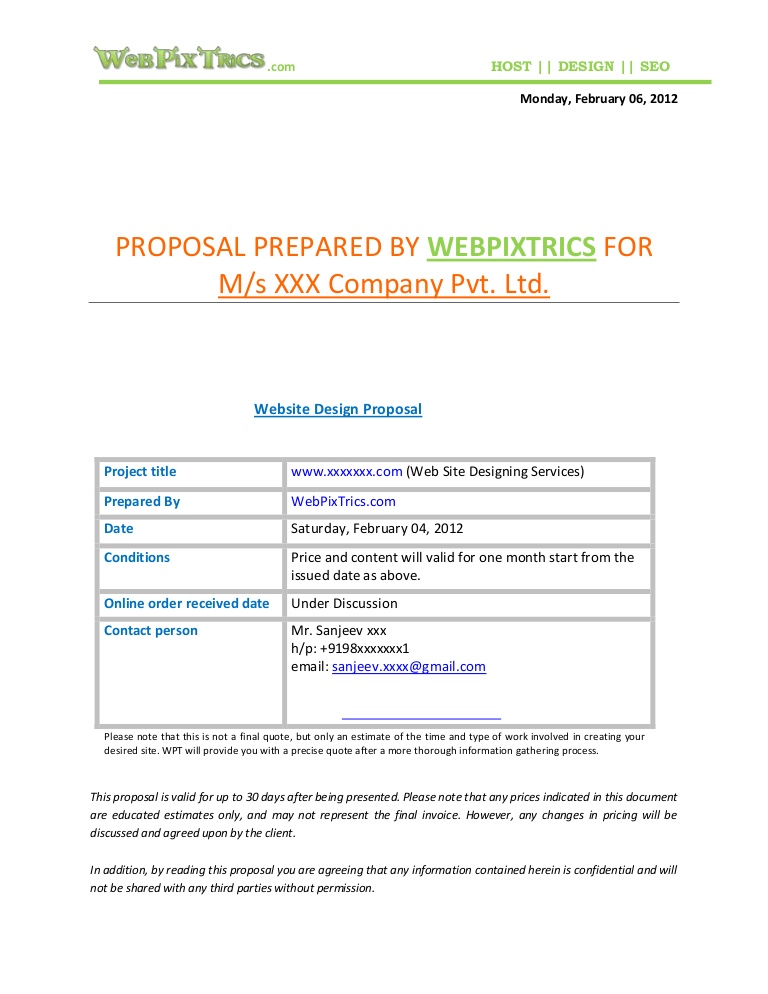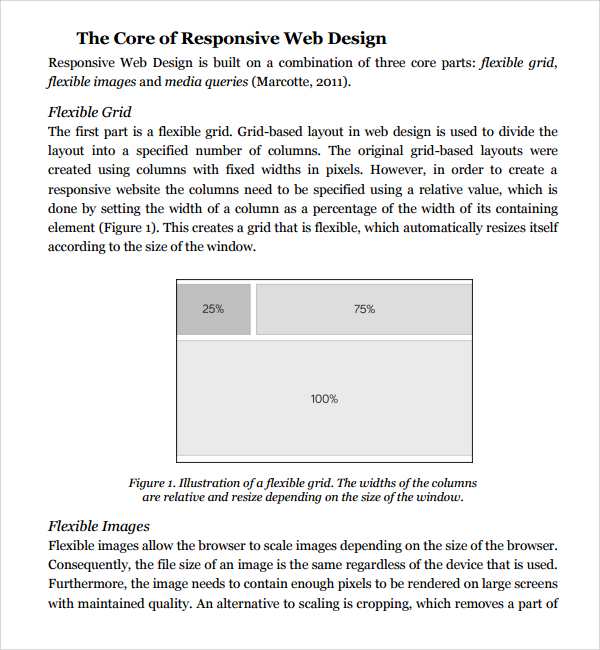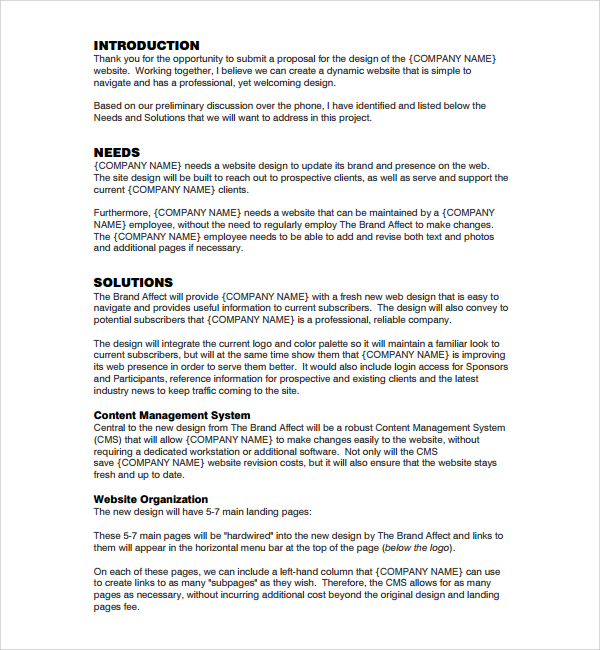How to Write a WebSite Design Proposal
How to Write a Website Design Proposal
Writing a web site proposal can be a daunting task at first, especially for those that are new to the freelance industry and have yet had to compose one but are keen to secure a potential web project. All the typical questions come to mind. What do I put in it? How long should it be? Do I include my quote in it? What areas should I cover? What can I put in it to increase my chances to secure the job?
I know when I was first approached by a client who was seeking to have a website done, I had absolutely no idea where to start, and I too was asking myself the very same questions.
I think while its important to ask yourself these questions, it is also important to be mindful of your clients needs and how best to address them. Also, it is equally important to be able to identify the nature of the project itself and document your proposal accordingly.
Firstly, by far the most important thing I have learnt since having done numerous web site proposals for dozens of clients myself, is to keep your web site proposal short, straight forward, to the point, and most importantly – not full of technical jargon. By keeping your proposal simple and to the point, you are most likely going to find that the client will be more responsive and you will increase your chances of securing more work. Many make the unfortunate mistake of overdoing it. Whilst writing a 500 page proposal and packing it full of sales pitches and technical jargon might seem impressive, in most cases the client won’t even bother to read it. I mean, does a client who is running an optometrist business really need to know what version of IIS the webserver will be running? – highly unlikely.
Sure, touch on technical aspects of the job, but keep it brief and to the point. If the client is unsure they will usually ask, but always offer them further assistance. Remember, a web proposal is simply that, a “proposal”. You should only begin to elaborate further and in more detail once you know that the client is interested in working with you. Typically I submit no more than 1 to 9 pages, project depending. Sometimes less, sometimes more. It depends on the users requirements and the complexities of the task ahead, however again, you want to be straight forward, to the point and direct.
Secondly I have found that by following a template strategy works very well also. What I have made common practice, is to simply do up a web site proposal, save it as a template and ammend it where necessary by ‘filling in the blanks’ so to speak, with each clients details and technical requirements as needed. There are several advantages of doing this. Obviously you will fast track the entire process by not having to write up a new proposal each time, but most importantly you will begin to follow a methodical approach and formalised workflow strategy with each client. This approach ensures that you expedite the process dramatically and streamline your business methods.
Thirdly, professionalism. This is a big one. You want to really make an impression on the client and convey yourself as a total professional in every sense. I have been complimented time and time again, by numerous clients, on how well my proposals and other documents have been presented and I certainly believe it has been due to this that I have landed more web development work and made more money. I now pride myself in this area and the continual remarks made by clients assures me I am doing the right thing!
Templates
Best of luck to you.
Ryan
